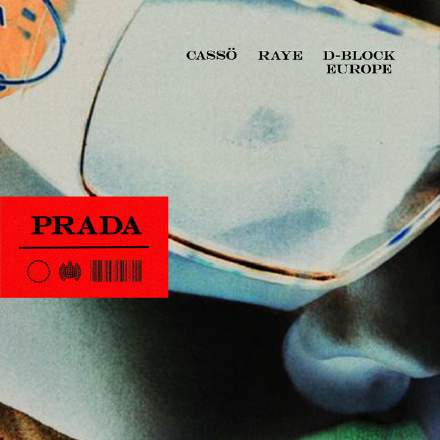
Checking out this latest hit from Raye, following her recent gong-hoovering at this year’s BRIT Awards, I noticed a selection of tried and trusted EDM production tactics on display. The main backing synth, for instance, is clearly being pumped in time with the kick drum, a trick which instantly gives any dance track a nice extra bit of ‘bounce’. (If you aren’t hearing this pumping very clearly, you can pretty much isolate that synth for closer listening by phase-cancelling the first half of the song against the second like this: play_arrow | get_app )
The higher synth that can be heard right from the outset is showcasing another genre workhorse – the 3/16 tempo-delay. Again, it might initially be a bit difficult to pick out, but once you realise that the synth part itself is only playing eighth notes, that makes it easier to separate the echoes in your mind, because the first (and strongest) echo of each synth note always appears on a 16th-note off-beat. And, if you were still in any doubt that it’s a 3/16th patch you’re hearing, the song’s fade-out puts the echo pattern of the final synth notes in sharp relief.
Another classic electronic production move is to sweep a filter across some noise to create a riser effect leading up to an important section boundary, and you can hear a lovely twist on that old chestnut several times in this song, for example at 0:30-0:33. Firstly, the noise sweep has been given a clear 16th-note rhythmic profile by virtue of some kind of tempo-synced tremolo or rhythmic gating effect, which in itself is a nice touch. But then this rhythmic effect is suddenly switched off just for the final quarter-note before the new section bound, which operates as a cool little fill.
Another great trick is being used to make the main bass riff sound super wide without damaging its essential mono compatibility: there’s clearly a midrange synth layer (doubling the bass line) that’s been made super-wide, so that it seems to extend beyond the bounds of the stereo panorama, but also almost disappears in mono. You can hear it really clearly if you compare the stereo Sides and Middle components during the song’s introduction, because it’s very well defined in the former, but almost absent from the latter. Sides: play_arrow | get_app Middle: play_arrow | get_app And if I switch the mix into mono, you’ll notice that the loss of that synth layer doesn’t really affect the impact of the bass part as a whole very much. Stereo Then Mono: play_arrow | get_app
What does get lost in mono in that example, however, is a high-frequency rhythmic transient up above 5kHz or so. This is a shame, as its loss in mono does cost the arrangement some rhythmic urgency, and when it meshes with the four-to-the-floor kick-drum during the choruses, its loss there effectively makes the kick sound like it’s considerably duller and less punchy. Judge for yourself: Stereo Then Mono: play_arrow | get_app










